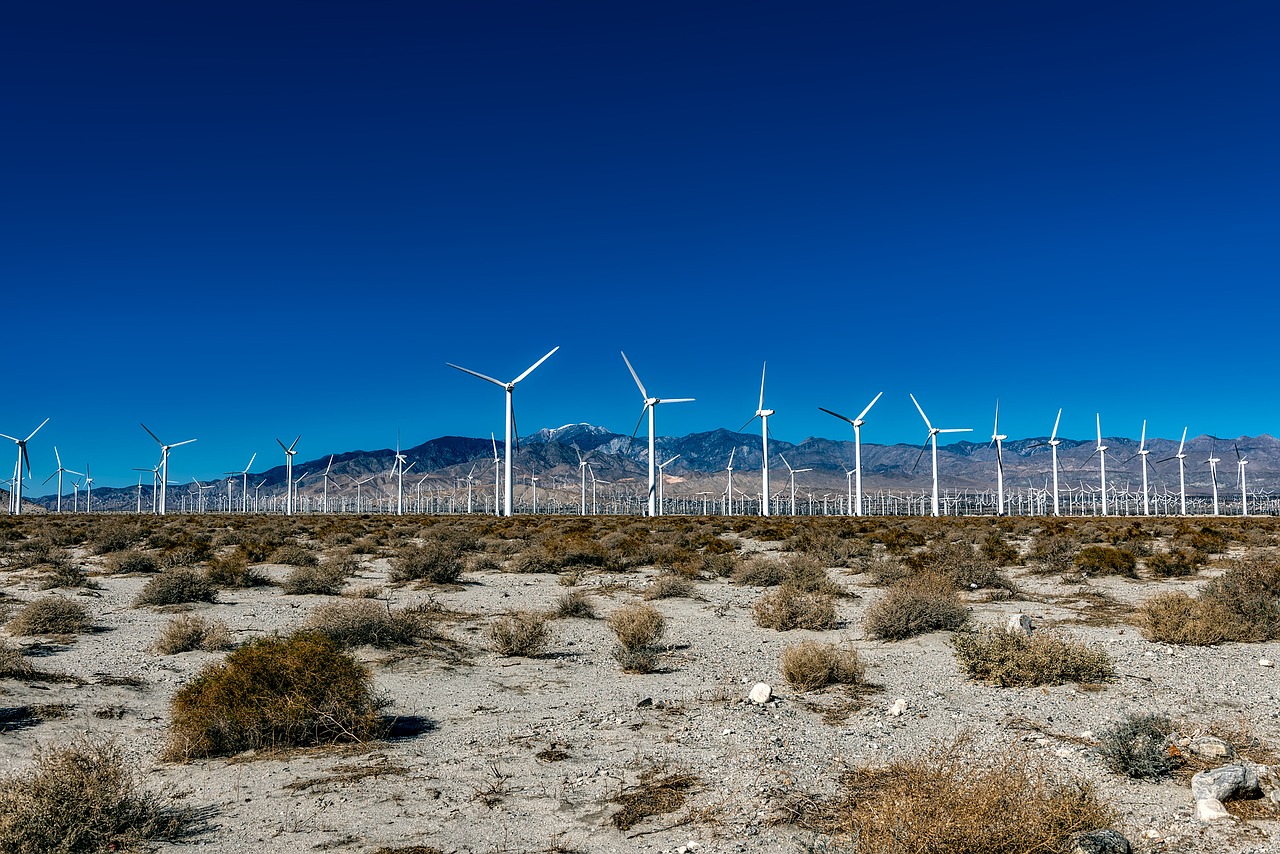
(Pixabay)
By 2030 electric usage in the United States is projected to grow by more than 30%. Fossil fuels and nuclear power currently produce the lion’s share of our electricity, but in a carbon-constrained world, renewables will have a greater role to play.
A 2009 study by Harvard University and Finland’s VTT Technical Research Centre, “Global Potential for Wind-Generated Electricity,” indicates that considerable potential exists for the growth of wind power. Researchers used data from NASA and built their analysis on conservative assumptions.
The study’s key findings include:
- Wind could supply more than 40 times current worldwide consumption of electricity, and more than five times total global use of energy in all forms.
- In the contiguous United States, wind has the potential to supply as much as 16 times total current domestic electrical demand.
- When required, new power transmission lines add appropriately 10% to a project’s cost, and consequently are not prohibitive.
- Wind-energy potential falls below demand only during the summer months, when winds decrease and electrical use rises.
Keywords: carbon, global warming, greenhouse gases, renewable energy, infrastructure
Citation
Citation: Lu, Xi; et al. "Global Potential for Wind-Generated Electricity,", Proceedings of the National Academy of Sciences, June 2009. doi: 10.1073/pnas.0904101106.
Articles
Coverage
News Feeds
Resources
https://journalistsresource.org/wp-content/uploads/2011/12/Wind-farm.jpg
